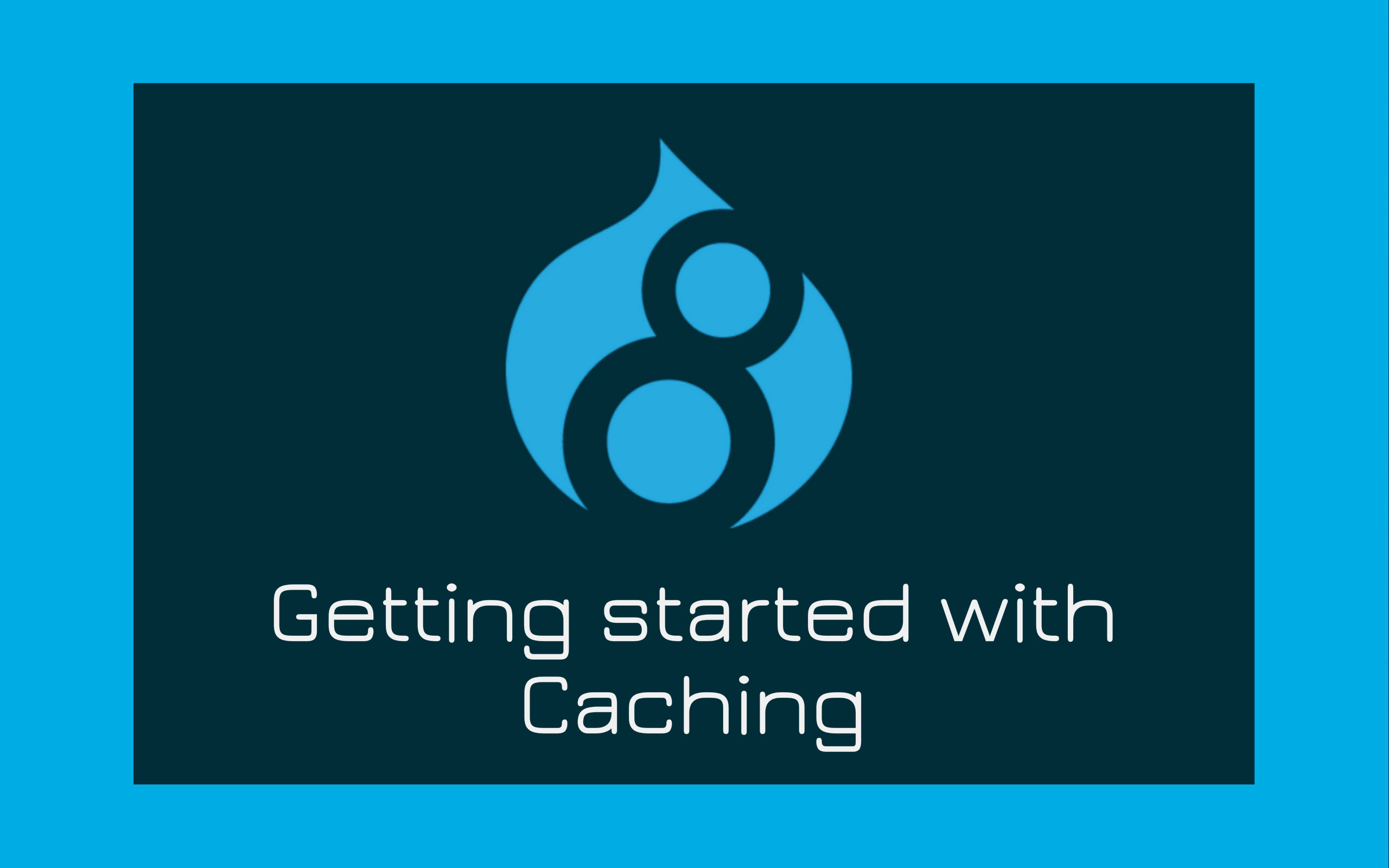
Caching is a valuable tool in Drupal for optimizing website performance, but there are instances where you need to disable caching for specific pages, such as forms that collect dynamic or personalized information. In this blog post, we'll explore how to programmatically disable page caching for forms in Drupal 9. Whether you're building user registration forms, contact forms, or complex application forms, this knowledge will help you provide a seamless and personalized user experience.
Understanding Page Caching for Forms
Drupal's page caching stores pre-rendered content to speed up page loading. While this is beneficial for most pages, it can cause issues with forms that require personalized interactions, like user registration forms or custom application forms. Disabling page caching for these forms is crucial for their proper functionality.
Why Disable Page Caching for Forms Programmatically?
- User Registration: User registration forms often require dynamic interactions and should not be cached.
- Personalized Forms: Forms that gather personalized information should provide an accurate experience for each user.
- Custom Form Modules: When building custom form modules, you may want to control caching based on specific form requirements.
Step 1: Identify the Form to Disable Caching
First, identify the form that you want to disable caching for. You need to know the form's ID.
Step 2: Programmatically Disable Caching for the Form
To disable page caching programmatically for a specific form in Drupal 9, you can use the page_cache_kill_switch service. This will prevent the form from being cached.
use Drupal\Core\Form\FormStateInterface;
/**
* Implements hook_form_alter() to disable caching for a specific form.
*/
function YOUR_MODULE_form_alter(&$form, FormStateInterface $form_state, $form_id) {
// Identify the form to disable caching for.
if ($form_id == 'YOUR_FORM_ID') {
// Disable page caching for this form.
\Drupal::service('page_cache_kill_switch')->trigger();
}
}Replace 'YOUR_FORM_ID' with the ID of the form that you want to disable caching for. The code above triggers the "page cache kill switch" for the specified form.
Step 3: Clear Cache
After implementing the code to disable caching for the form, you may need to clear Drupal's cache to apply the changes. You can do this by navigating to "Admin > Configuration > Development > Performance" and clicking the "Clear all caches" button.
Conclusion:
Programmatically disabling page caching for forms in Drupal 9 is essential to ensure accurate, dynamic, and personalized user interactions. Whether you're creating user registration forms, complex application forms, or custom form modules, understanding how to selectively disable page caching is a valuable tool in your Drupal development toolkit.
By using the page_cache_kill_switch service, you can guarantee that your forms function as intended and deliver a tailored experience to each user. This approach is especially important when dealing with forms that require real-time data input and interactions.
Further Reading:
With this knowledge, you have the ability to control page caching for specific forms in Drupal 9, ensuring that your content and user interactions remain accurate and responsive.
Add new comment